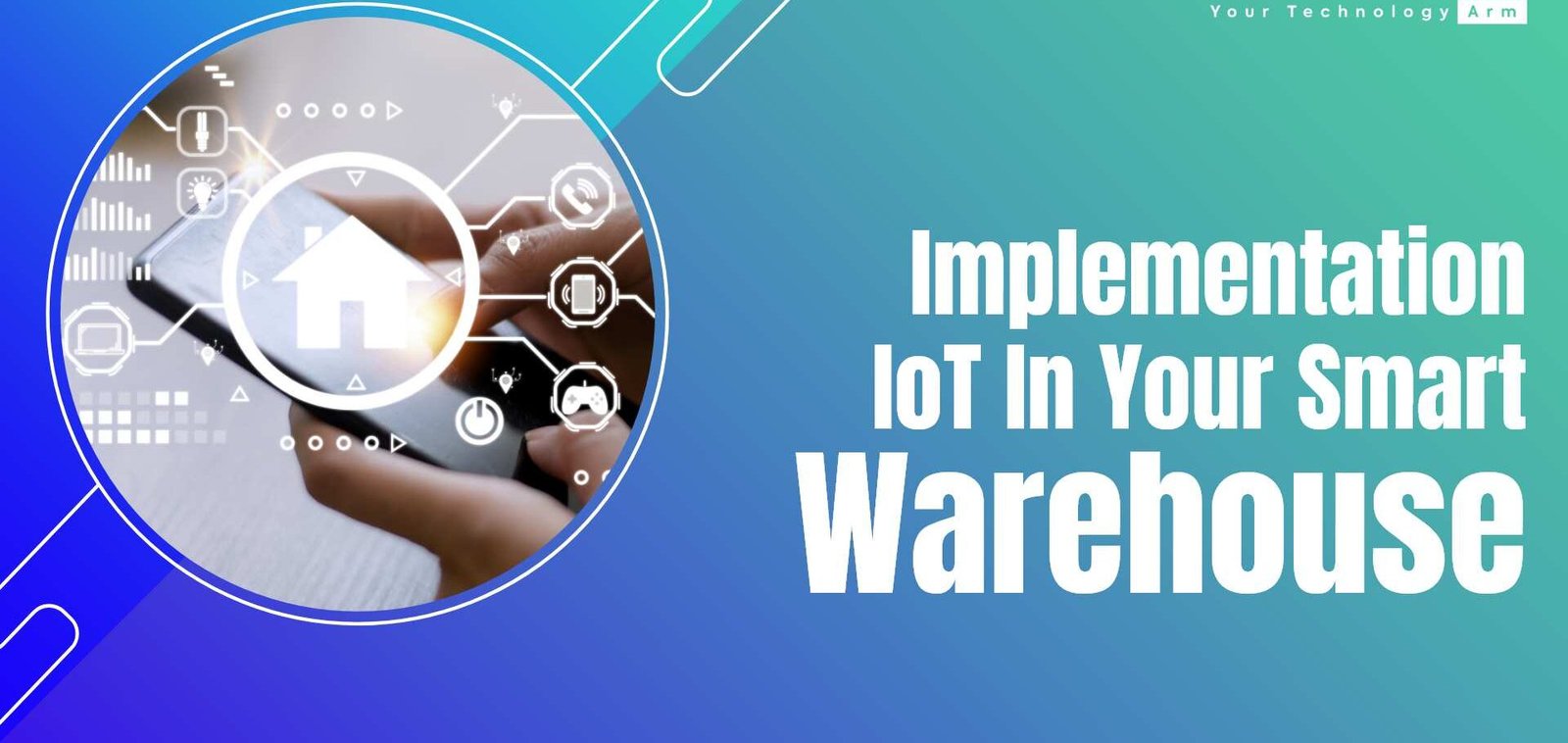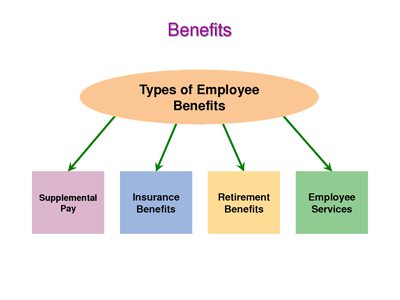The fast acceptance of Internet of Things (IoT) technology is driving the changes in fulfillment activities in the UK and Europe. IoT-driven smart warehouse improves scalability, accuracy, and efficiency while guaranteeing real-time operating visibility.
Table of Contents
IoT installation in warehouses is no longer a luxury as companies fight in increasingly digital terrain.
Traditional warehouse management systems are having a hard time keeping up with the demands of consumers for fast shipping and supply lines that are getting more complicated.
solutions close this gap by providing formerly unheard-of data-driven insights, predictive tools, and automation, pushing more production. Using linked devices allows companies to simplify supply chain resiliency, boost decision-making, and speed up fulfillment processes.
Covering IoT integration into fulfillment operations throughout the UK and Europe, this paper thoroughly summarises its advantages, main technologies, implementation difficulties, and best practices for effective adoption.
It acts as a road map for companies trying to use to remain ahead of the competition.
Understanding IoT in Smart Warehousing
Regarding storage, means connecting actual devices over a network, like sensors, RFID tags, automatic systems, and data analytics tools, to make it easier to share data and make decisions in real-time.
IoT technologies let warehouses maximize inventory control, simplify processes, and save running expenses.
technologies collaborate in a smart warehouse to provide a highly intelligent and automated environment.
Transmitting vital information on stock levels, equipment performance, and environmental conditions, sensors gather data for centralized warehouse management systems in real time.
This linked strategy guarantees flawless coordination across many warehouse operations, reduces downtime, and helps to solve problems proactively.
Benefits of IoT in UK/EU Warehousing
Enhanced Inventory Management
Real-time inventory monitoring made possible by -enabled RFID and barcode scanning technologies helps to reduce mistakes and stop stockouts or overstocking.
Automated stock updates guarantee warehouse managers always have correct inventory insights, removing the need for hand checks.
Improved Order Fulfillment Efficiency
Robotic picking systems and automated guided vehicles (AGVs) help simplify order processing, reducing delays and raising order accuracy.
By guiding warehouse personnel to the most effective paths, smart shelf systems improve picking speed even further.
Predictive Maintenance for Equipment
sensors provide minimum downtime by seeing any warehouse equipment issues before failures occur, enabling predictive maintenance.
UsingThrough this proactive strategy, important warehouse assets have extended their lifetime, and unanticipated maintenance expenses are lowered.
Real-time Data Analytics
IoT devices provide useful warehouse performance data, enabling operators to maximize labor allocation, space usage, and workflow effectiveness.
Forecasting demand variations made possible by advanced analytics systems lets companies change their stock levels early.
Enhanced Compliance and Security
Smart locks, environmental sensors, and -powered surveillance systems guarantee compliance with UK/EU legal standards, improving warehouse security and sustainability.
Because automated reporting systems preserve digital records of all warehouse operations, they streamline compliance checks.
Key IoT Technologies for Fulfillment Operations
RFID and Barcode Scanning Systems
By automating tracking, RFID and barcode solutions reduce human error and free reliance on manual input. End-to-end visibility made possible by these technologies guarantees exact order processing and inventory reconciliation.
Warehouse Management Systems (WMS)
Real-time inventory monitoring, labor management, and workflow optimization provided by -integrated WMS systems help. Further enabling remote monitoring and scalability across many warehouse sites are cloud-based WMS systems.
Automated Guided Vehicles (AGVs) and Autonomous Mobile Robots (AMRs)
Because AGVs and AMRs effectively handle order picking and material movement, they improve warehouse automation. Operating independently, these robotic devices save human costs and boost throughput in high-volume fulfillment facilities.
Smart Sensors and Environmental Monitoring
sensors monitor air quality, temperature, and humidity for temperature-sensitive goods like perishable food and drugs to ensure product integrity. Automated alarms let management know when any storage conditions deviate from ideal.
Industrial IoT (IIoT) and Edge Computing
IIoT devices make it possible to handle data in real-time at the edge, which cuts down on delay and helps warehouse workers make better decisions.
Edge computing guarantees constant warehouse operations in low-connectivity conditions by lowering reliance on centralised data processing.
Future smart warehousing is made possible by the increased degree of efficiency, sustainability, and agility achieved by UK and EU fulfillment operations by combining various technologies.
Implementation Guide for IoT in UK/EU Warehouses
Step 1: Define Business Objectives
Clearly state your business goals before using : better inventory accuracy, more security, or lower running costs.
Step 2: Assess Current Infrastructure
Analyze the warehouse infrastructure holistically to find places where technologies may be successfully included.
Step 3: Choose the Right IoT Technologies
Choose solutions consistent with operational objectives. Think through things like order volume, warehouse capacity, and compliance needs.
Step 4: Deploy IoT Sensors and Devices
Install smart tracking tools, RFID systems, and -enabled sensors throughout warehouse areas for flawless data collection.
Step 5: Integrate with WMS and ERP Systems
Flawless interaction with current Enterprise Resource Planning (ERP) and Warehouse Management Systems (WMS) must be guaranteed for effective data synchronizing.
Step 6: Implement Data Analytics and Automation
Process IoT-generated data using analytics and machine learning tools to maximize predictive maintenance and decision-making.
Step 7: Train the Workforce and Optimize Processes
Train warehouse workers -enabled processes and best practices to increase acceptance and efficiency.
Step 8: Monitor, Evaluate, and Scale
Track IoT system performance constantly, assess its effect, and scale solutions depending on operational requirements and company expansion.
Challenges and Considerations in IoT Adoption
1. Data Security and Compliance
Given growing cybersecurity risks, warehouses have to adopt strong encryption and authentication systems to protect data.
2. Infrastructure Compatibility
Including in old warehouse systems may be difficult. Businesses should give phased projects or hybrid solutions more thought.
3. Cost and ROI Analysis
First, IoT implementation expenses might be high. Companies have to assess long-term return on investment depending on operational performance improvements.
4. Scalability and Interoperability
solutions should be scalable and compatible with developing warehouse technology to guarantee long-term sustainability.
Conclusion
Warehouse management is revolutionized by the implementation of IoT in UK/EU fulfillment operations, which improves transparency, efficiency, and automation. Businesses can achieve real-time inventory tracking, predictive maintenance, and compliance adherence through the strategic deployment of solutions. Despite obstacles, a well-designed strategy enables smart warehousing to achieve long-term success and a competitive edge in the continually changing logistics landscape.



